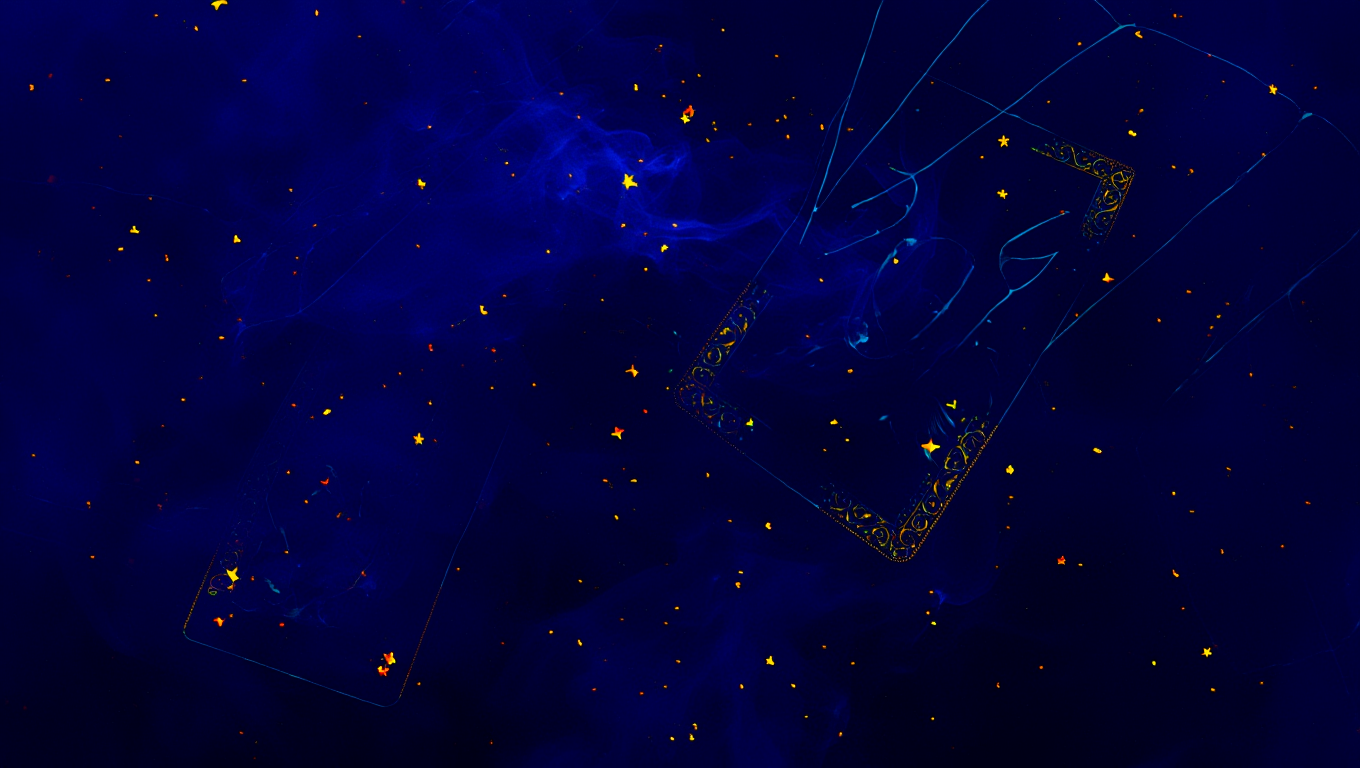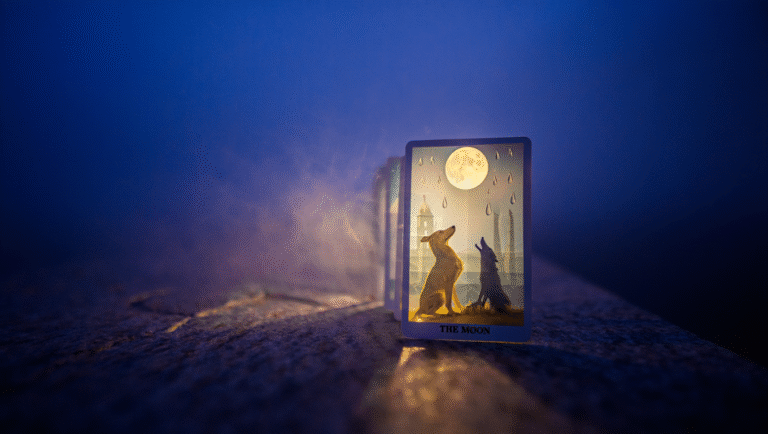Tarot for Absolute Beginners
Ever scrolled past gorgeous tarot cards online and thought, “That looks fun—but way too complicated”? You’re not alone. Tarot sometimes gets wrapped in mysterious vibes, but in reality, it’s a practical tool anyone can learn. If you’ve never touched a deck before, this guide will get you started—no crystal ball or velvet robes required.
What Exactly Is Tarot?
Tarot is a set of 78 cards, each with its own imagery, symbolism, and story. Originally, tarot started as a card game in 15th-century Europe. Over the years, it evolved into a tool for personal reflection, mindfulness, and sometimes, self-guided insight.
Think of tarot as a blend of journaling, meditation, and Google Calendar for your feelings.
It’s not about predicting the future in a mystical way, but about helping you notice patterns, clarify your thoughts, and sometimes, nudge you toward decisions you already know are right.
The Structure of a Tarot Deck
Every standard tarot deck has 78 cards, divided into two main groups:
- Major Arcana (22 cards): Big-picture themes—think of these as milestones or major life moments (like The Fool, The Lovers, or Death).
- Minor Arcana (56 cards): Everyday events and feelings. These are split into four suits (Cups, Pentacles, Swords, Wands), each with cards numbered Ace through 10, plus four Court Cards (Page, Knight, Queen, King).
Tip: Most modern decks follow the classic “Rider-Waite-Smith” structure, so you’ll see those names around a lot. But artwork and style can vary wildly.
Case Study: My First Tarot Deck (and Why I Messed Up)
When I started, I bought the prettiest deck I could find—no guidebook, barely any instructions, all vibes. Spoiler: I had no idea what I was doing. If I’d known what you’re about to learn, I’d have saved myself a lot of confusion.
Step-by-Step: How to Start Reading Tarot in 15 Minutes
Step 1: Choose Your First Deck
- Pick a beginner-friendly deck. Look for clear images and a good guidebook. Rider-Waite-Smith is the classic for a reason—it’s easy to find resources for.
- Don’t overthink it. The best deck is the one you’ll actually use.
| Name | Key Feature | Size/Material | Price range | Amazon link |
|---|---|---|---|---|
| Rider-Waite-Smith | Classic imagery, tons of tutorials | Standard, card stock | $15-25 | Check price on Amazon |
| Modern Witch Tarot | Inclusive, modern art | Standard, high-quality | $20-30 | See today’s deal |
- Pros: Rider-Waite is everywhere, easy to learn; Modern Witch has a fresh look and diverse representation.
- Cons: Some decks can feel impersonal, or art may not resonate with everyone.
- Best for: Total beginners, visual learners, anyone who wants lots of resources.
Step 2: Learn the Basics of Card Meanings
- Start with the Major Arcana—they’re the “headline” cards.
- Don’t memorize everything at once. Pick 3-5 cards, read about them, and notice your reactions.
- Use a guidebook or a reliable website like Labyrinthos.
Step 3: Shuffle & Draw a Daily Card
- Find a quiet moment (coffee break, before bed, or even in the car before work).
- Shuffle your deck. Don’t stress about shuffling “the right way.”
- Pull one card. Look at the image. Read the guidebook. Ask yourself: “How does this relate to my day?”
Pro tip: Snap a photo and jot a quick note in your phone. This helps you see patterns over time.
Step 4: Try Your First Simple Spread
- Once you’re comfortable with daily pulls, try a 3-card spread:
- Past – What’s behind me?
- Present – What’s happening now?
- Future – What’s ahead?
You can do this in under 10 minutes, even with a cup of tea in hand.
15-Minute Tarot Starter Checklist
| Step | Materials Needed | Time |
|---|---|---|
| Pick a deck | Deck + guidebook | 3 min |
| Read about 3 cards | Guidebook or website | 5 min |
| Shuffle & draw | Deck | 2 min |
| Reflect/journal | Notebook or phone | 5 min |
Recommended Resources and Tools
- Biddy Tarot – Huge database of meanings and beginner guides.
- Labyrinthos – Free tarot courses and a great app for daily pulls.
- Best-selling Rider-Waite deck on Amazon – If you want a physical deck to start right away.
Common Myths (and Why You Can Ignore Them)
- Myth: You have to be “gifted” your first deck.
Reality: Buy your own! The important thing is that you like it. - Myth: Tarot is “magical” or dangerous.
Reality: It’s cardboard with pictures—what matters is your intention and how you use it. - Myth: You’ll predict your future.
Reality: Tarot helps you reflect on possibilities, not read fate.
Let’s Recap: Your First 15 Minutes with Tarot
- Pick a beginner-friendly deck (see the table above for options).
- Read about 3-5 Major Arcana cards. Don’t stress about memorizing.
- Draw a daily card and spend a few moments reflecting.
- Try the 3-card spread after a week or two.
- Use free online guides and apps for support.
Remember: You don’t have to be an expert to start. The best tarot readers are the ones who practice, not the ones with the fanciest decks.
Next Steps & Useful Links
If you’re ready to dive in, grab a deck and give yourself permission to be a beginner. You’ll be surprised how much you can learn (and enjoy) in just 15 minutes a day.
Some links may be affiliate. You pay the same price, and this blog may earn a small commission.



